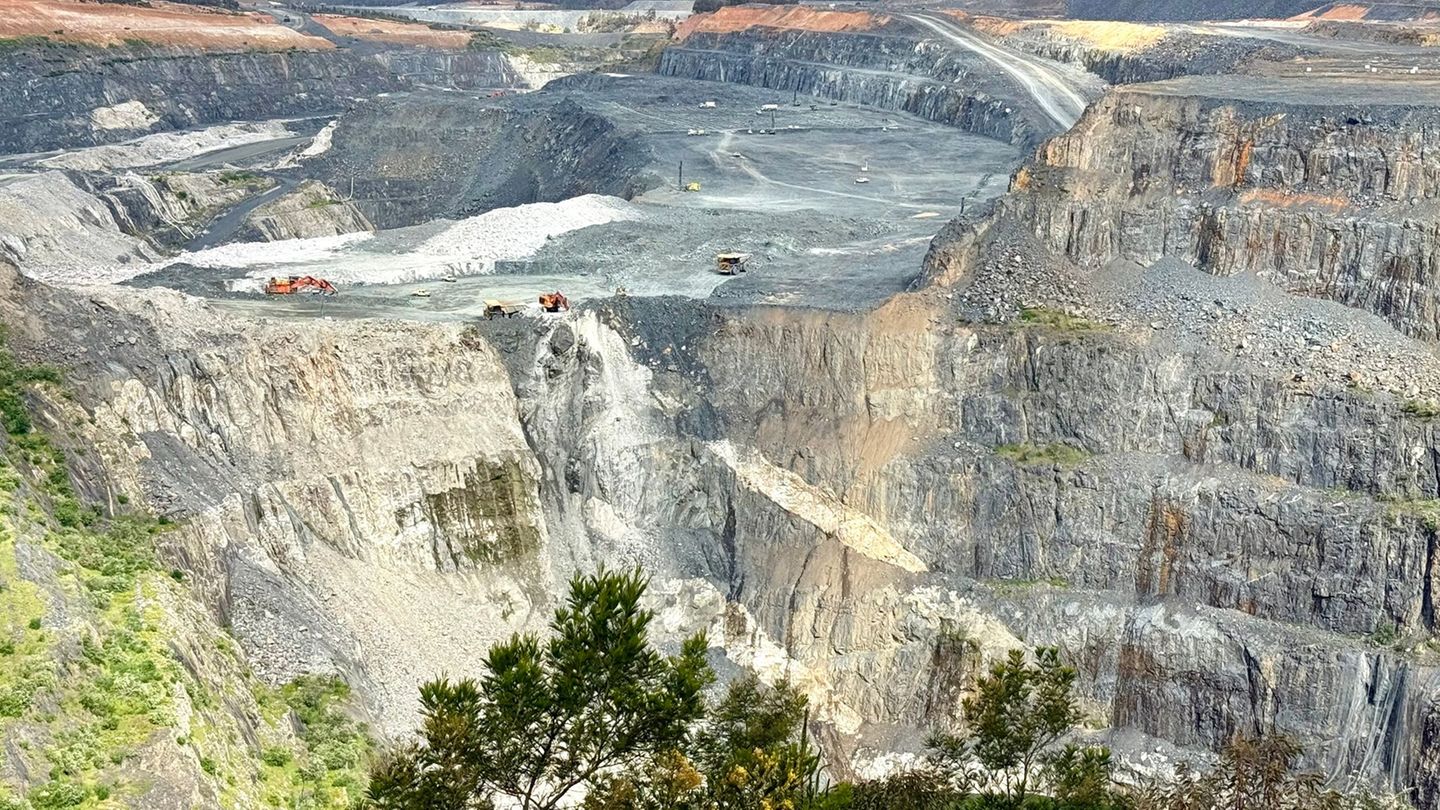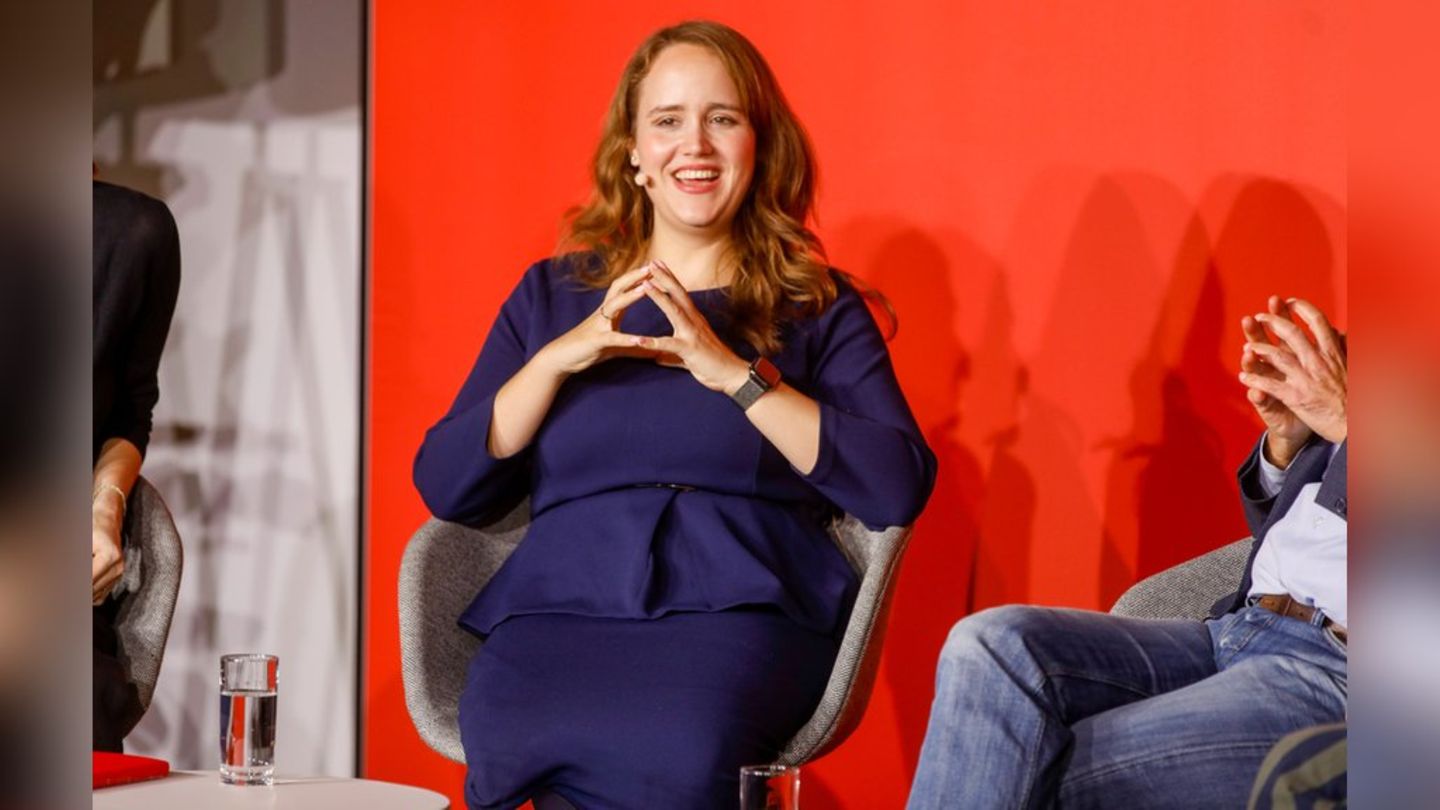“White Gold” from Down Under
Lithium giant Australia: engine of the global energy transition
Copy the current link
Add to wishlist
South of Perth lies Greenbushes, the largest hard rock lithium mine in the world. The “white gold” is found in modern technologies, from electric car batteries to smartphones. But the boom comes at a price.
Viewed from above, the Greenbushes mine reveals all its breathtaking dimensions: huge dump trucks and excavators move like tiny toys on the edge of a huge basin made of terraced rock cut into the depths. At a viewing point, visitors marvel at the immense crater, where bright mineral veins sparkle in the walls – lithium, also called “white gold” because of its light color. Nowhere in the world is more of it produced than here, in southwest Australia.
With an annual production of more than 1.4 million tons of spodumene concentrate – processed hard rock ore with a particularly high lithium content – Greenbushes is considered the largest hard rock lithium mine in the world. The opencast mining facility around 250 kilometers south of Perth is now in the spotlight of the global energy transition – because it is here that the raw material is extracted without which most electric cars and energy storage systems would hardly be conceivable. It covers more than 2,000 hectares and supplies around 20 percent of global production.
The situation is completely different in Germany, which has so far been dependent on foreign markets – especially Australia and South America. But the Federal Republic wants to become more independent of imports and has been exploring its own deposits for several years.
Meanwhile, on the edge of the Greenbushes mine, trucks rush past every minute. Blasts regularly echo through the nearby village. “The operators announce the explosions – but every time my whole house shakes, almost like an earthquake,” says a resident.
The town of Greenbushes was founded as a mining town in 1888 after tin deposits were recently discovered here. The mine later also produced tantalum before mining concentrated on lithium in the early 1980s. Today only a few hundred people live in the small village. After work, the miners hang out in two historic pubs, seasoned men with weathered faces, many still wearing their bright yellow safety vests.
What is hard rock lithium?
The mine is operated by Talison Lithium, a joint venture between three companies from China, Australia and the USA. “In Greenbushes, lithium is mined in opencast mines using conventional drilling, blasting and truck shovel operations,” a spokesman for the Ministry of Mines, Petroleum and Exploration in Western Australia told the German Press Agency. The ore is then crushed, sieved and ground to separate the spodumene crystals from the surrounding rock. The material then goes through several processing stages that concentrate the spodumene into a high-grade product, typically around six percent lithium oxide.
This product is called chemical concentrate SC6 and is an important raw material for the production of lithium-ion batteries – for example for electric cars. To illustrate, the website of the German energy company EnBW says: “Manufacturers need around ten kilos of lithium for the batteries of an electric car.”
What is lithium used for?
Such batteries are used not only in electric vehicles, but also in portable electronics such as smartphones and laptops, electrical devices such as cordless vacuum cleaners, drills or flashlights, as well as in solar and wind energy.
And the demand for lithium-ion batteries is constantly growing – also in Germany. But especially in China, where 95 percent of the lithium extracted in Greenbushes goes. The People’s Republic has an enormous need for “white gold”, driven by Beijing’s massive production of electric cars and consumer electronics.
The International Energy Agency (IEA) estimates that global lithium consumption will more than triple by 2030. Australia is ideally equipped for this: dozens of projects are being built across the country, from Western Australia to the Northern Territory.
Because the lithium in Greenbushes will run out at some point – according to a report by the operator Talison from 2024, the valuable metal can probably be mined in the mine for around two decades. Plans to expand the mine by around 28 percent to 2,800 hectares are currently being examined.
“Lithium Triangle” in South America
The lithium from Down Under is significantly different from that from South America. While huge salt deserts are being developed in the so-called “Lithium Triangle” in Bolivia, Chile and Argentina and saline brine is evaporating in shallow basins, Australia is relying on classic mining. “Although brines are energy efficient, they are weather dependent, while hard rock mines such as Greenbushes offer a stable, highly pure source of raw materials that is independent of the climate,” emphasized the ministry spokesman.
So that even laypeople can understand what happens in the mine, there is the Greenbushes Discovery Center, a visitor center and museum. Here, interested parties can learn about the geological basis, the processing of spodumene concentrate and the global significance of the raw material.
Health impact from dust
The enormous production also has its downsides. Dust generation is a constant problem for residents. Even those who visit the mine for just one day will feel a scratchy throat. A woman who has lived in Greenbushes for twelve years reports that she has to “vacuum” her plants almost every day to remove the deposits. The fine mine dust just settles everywhere, she says.
Older people and residents with poor health felt the strain particularly clearly. The ministry spokesman, however, pointed out the strict environmental conditions under which the mine was operated, including continuous monitoring of dust and noise pollution.
Back at the viewing point on the outskirts of town, the other side of the mine is revealed: the panorama is almost surreally beautiful. “Wow! This looks like mining on the moon,” whispers a tourist. Anyone standing up here can feel the tectonic force with which the world is currently rearranging itself – towards a future in which batteries replace engines and raw materials such as lithium become powerful geopolitical levers. Australia has already secured a key role in this.
dpa
Source: Stern




